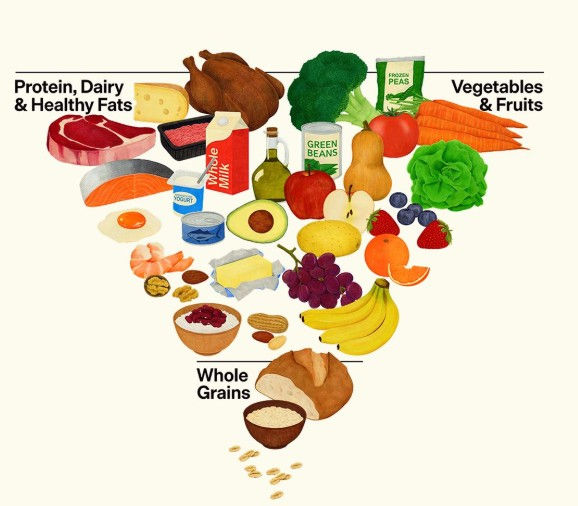Book Recommendation | The Fourth Phase of Water: Beyond Solid, Liquid, and Vapor
- The Bioregulatory Medicine Institute

- Aug 29, 2023
- 2 min read
Updated: Aug 30, 2023
by Gerald H. Pollack , review by James Odell, OMD, ND, LaC

Professor Gerald Pollack has extensively studied the properties of water in his laboratory at the University of Washington. In his latest book The Fourth Phase of Water (published in 2013), Dr. Pollack contends that water exists in four forms: solid (ice), EZ (“exclusion zone” - structured water), liquid, and gas.
This additional EZ phase is not H20 - if one were to count the number of hydrogen and oxygen atoms, one would realize it is, in fact, H302. This structured water forms hexagonal (honeycomb) sheets very similar to ice or liquid crystalline.
The totality of structured water does not just include the hexagonal sheets of water molecules, but also the water immediately surrounding them. As the hexagonal layers grow, protons that had been stored in the water are ejected into the nearby water. This creates an electrical potential (voltage) between the structured water and the water surrounding it. In other words, structured water stores energy, much like a battery. According to Dr. Pollack, structured water grows (charges) by absorbing radiant energy. Both light waves and infrared waves charge structured water with energy. Of course, this discovery carries great potential as it suggests water can be used as a source of free energy. In his earlier 2001 book, Cells, Gels and the Engines of Life, Dr. Pollack explains how the cell functions.
Dr. Pollack’s research suggests that much of cell biology may be governed by a single unifying mechanism: the phase transition of water. Water is the carrier of the most important molecules of life, like proteins and DNA. Water is also central to every function of the cell - from cell division to muscle contractions and the conducting of nerves.
Dr. Pollack challenges many of the concepts that have been accepted in contemporary cell biology. The underlying premise of his book is that a cell’s cytoplasm is gel-like rather than an ordinary aqueous solution. The key to Dr. Pollack's primary hypothesis lies in the properties of water. For more information watch Dr. Pollack’s Ted Talk:
https://www.youtube.com/watch?v=i-T7tCMUDXU



